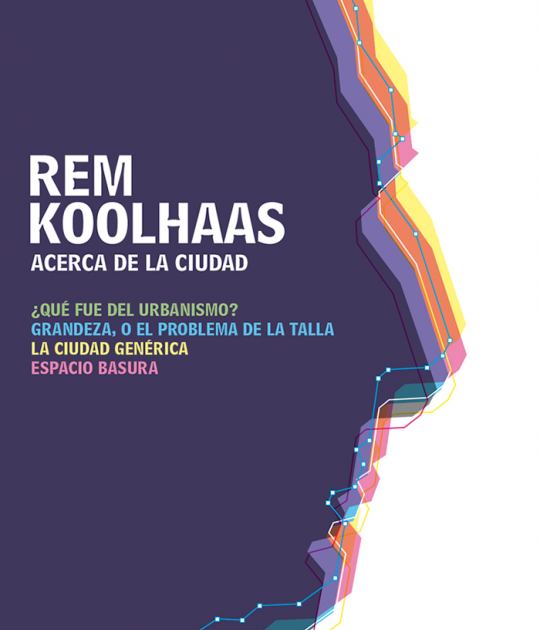Classical architecture, edited by GG, is a visual "language" and like any other language has its own grammatical rules. Classical buildings as widely spaced in time as a Roman temple, an Italian Renaissance palace and a Regency house all show an awareness of these rules even if they vary them, break them or poetically contradict them. Sir Christopher Wren described them as the "Latin" of architecture and the analogy is almost exact. There is the difference, however, that whereas the learning of Latin is a slow and difficult business, the language of classical architecture is relatively simple. It is still, to a great extent, the mode of expression of our urban surroundings, since classical architecture was the common language of the western world till comparatively recent times.
Anybody to whom architecture makes a strong appeal has probably already discovered something of its grammar for himself, in this book, the author's purpose is to set out as simply and vividly as possible the exact grammatical workings of this architectural language. He is less concerned with its development in Greece and Rome than with its expansion and use in the centuries since the Renaissance. He explains the vigorous discipline of "the orders" and the scope of "rustication"; the dramatic deviations of the Baroque and, in the last chapter, the relationship between the classical tradition and the "modern" architecture of today. The book is intended for anybody who cares for architecture but more specifically for students beginning a course in the history of architecture, to whom a guide to the classical rules will be an essential companion.
John Summerson (1904-1992) was one of the most important historians of the British architecture of century XX. Among his most notable books are John Nash (1935), Georgian London (1946), Heavenly Mansions (1949) and the monumental work Architecture in Britain, 1530-1830 (1953), reissued on several occasions. In 1945 he was appointed director of the Sir John Soane's Museum, which he held until 1984. Together with Nikolaus Pevsner and Rudolf Wittkower, Summerson is considered one of the great theorists of architecture in the United Kingdom.
Anybody to whom architecture makes a strong appeal has probably already discovered something of its grammar for himself, in this book, the author's purpose is to set out as simply and vividly as possible the exact grammatical workings of this architectural language. He is less concerned with its development in Greece and Rome than with its expansion and use in the centuries since the Renaissance. He explains the vigorous discipline of "the orders" and the scope of "rustication"; the dramatic deviations of the Baroque and, in the last chapter, the relationship between the classical tradition and the "modern" architecture of today. The book is intended for anybody who cares for architecture but more specifically for students beginning a course in the history of architecture, to whom a guide to the classical rules will be an essential companion.
John Summerson (1904-1992) was one of the most important historians of the British architecture of century XX. Among his most notable books are John Nash (1935), Georgian London (1946), Heavenly Mansions (1949) and the monumental work Architecture in Britain, 1530-1830 (1953), reissued on several occasions. In 1945 he was appointed director of the Sir John Soane's Museum, which he held until 1984. Together with Nikolaus Pevsner and Rudolf Wittkower, Summerson is considered one of the great theorists of architecture in the United Kingdom.

























